“What Was It Like? Stories by LGBTQ Elders” is a new program by I’m From Driftwood, in partnership with Comcast, the nation’s largest cable provider, and SAGE, the country’s largest and oldest organization dedicated to improving the lives of LGBTQ older adults. Learn more about the program here.
All the Video Stories can be seen in the playlist above. Transcripts are below.
“MY MOTHER TOLD ME TO STAY AWAY FROM THOSE LESBIANS”:
I was brought up in the 1930s and 1940s. And the mantra then was you get married, you have children, and you live happily ever after. And that was what defined my youth, my teens, my college years.
My favorite story and probably the story that defined who I was and who I became happened back when I was in camp. I went to camp when I was 10 to about 15, somewhere around there. And I was a very good swimmer and the counselors used to let me teach, and teach young children rather than go out on the hot tennis courts and that kind of thing. And I used to stay in their bunks during rest hour, a lot of us did that, and my mother came around one day and she said, “Stay away from those lesbians.”
And I didn’t have the slightest idea of what she was talking about. I knew that these were people who were in med school together but I knew nothing else whatsoever.
I was also in “Finian’s Rainbow” that summer as part of the camp drama program. And at the end of the summer after the banquet they give you this little autograph book, a paper autograph book, and the drama counselor came and she wrote in mine and she said, “To Sandy, the wonderful thespian.”
I said, “Oh my God, this is what my mother warned me about!”
So I had a feeling it was not a good thing to be. And there it was, and I wasn’t one, no, I wasn’t an out one to me or anybody else for a great many years later, like 50.
“WHEN THE HUSBANDS WERE AWAY, I CAME ONTO HER.”:
I was brought up with the mantra, you get married, you have children, you live happily ever after. And I did that six months after college. I got married, year and a half two years later, I had children. And lived a very married life.
And when my children got into school and into public school, I became active in the public schools. I got active in the PTA, I ran the books, became president, and all that. I met a woman and her family, we became very close. We would spend weekends out at Fire Island, the men would come out at weekends, and we would spend the week together. And in the course of the week, when the husbands weren’t there, I kind of came on to her. And she said “No,” she’d been there, she’d done that and she didn’t want to jeopardize her marriage. And I just tucked it back under.
I didn’t attach the word “lesbian” to it, I didn’t attach the word “gay” to it, I didn’t attach the word “gay men” to it, nothing. It was just there, we were here, husbands were, and this is what I felt. And I tucked it back under for probably another 10 years.
I didn’t know about coming out. I was so far removed from the gay and lesbian scene that it’s hard to imagine at this point. I didn’t really come out publicly until the 90s and this was back in the 60s and 70s.
“THAT’S HOW I CAME OUT TO MY KIDS.”:
I was separated in 1977, I was officially divorced in 1978. I was already here. I met a woman at Swim Club and she’s the first person I had a relationship with and it was not one of my better relationships, but I haven’t had better relationships. And when we split, it was a little while, several years before I began looking for someone else. And it happened to be somebody I worked with. And I did not know that she was a lesbian. And we became friendly and then we began a relationship. And that relationship lasted for 8 and a half years. And it broke up, actually I think it broke up at the time my first grandchild was born, and I think I was 11 years older and I think she was not quite ready to be a grandmother. She had never been married. I did not know at that point any other lesbians who had been married and had grandchildren.
But we traveled a lot together. We went to my daughter’s wedding together, we went to visit her aunt and uncle out in Arizona together, we spent Thanksgiving with her family together. And right after we broke up, I went up to join the synagogue and I went up to a Jewish renewal camp where they had a class called “Twice Blessed”, it was being a Jewish lesbian. And somebody from the synagogue suggested that I go up. I began to wrestle with this issue and what it was. And just before I went up, I have a niece in Canada whom I’m very close, and I told her, she wanted to know what I was doing for the summer and I told her I’m going to Elat Chayyim for a week and she said, “Oh, is Paula coming with you?”
And I said, “No, we don’t travel together as much anymore.”
She said, “Oh, you broke up?”
I said, “Oh, you knew?”
And she said, “Yes, we’ve been trying to talk to you about it for about 8 years.”
And then that summer afterwards, because I’d been interviewed for a magazine article and they’d been trying to call me at Elat Chayyim, I had them call my daughter. And she called me to talk about the article, and at the end of the summer to celebrate my 60th birthday, I went up to Massachusetts, and when I got up there I kind of tugged on her sleeve and said, “I had a marvelous time at Elat Chayyim because I took Twice Blessed because it was about being Jewish and being a lesbian, because I am a lesbian.”
And she again said, “We’ve been wanting to talk to you about it for many years.”
So that was how I came out.
What my daughter did say then, did say but not then, was the only problem she had with my coming out and my coming out so many years later was she felt that I had lied to them. And I don’t know that she had any real sense, I don’t know that she has to this day any real sense, of the turmoil of coming out.
I think in some ways that older people have an easier time. But I’m not sure how easy it is for older couples who come out and when they’re older to come out to their kids.
COMING OUT TO MY GRANDSON:
I do everything late, okay? Except get married. So I started karate when I was 53 and through karate I got involved with the National Women’s Martial Arts Federation where there were many gay people, and by that time I was a little more at home about being gay.
But through karate, I began to compete. And the first year I went to the Gay Games, it was very quietly, it was in New York, and I didn’t compete. I did security and medical coordination. But then Gay Games were in Amsterdam and I had wanted to go to Amsterdam. So I went. And so I had to explain to my world where I was going. And so I explained to my kids that I was going to compete in Gay Games in Amsterdam. And I wondered whether my grandchildren understood what Gay Games were all about.
When I came out to my kids, my grandson had just been born. So this was 8 or 9 years after that I guess. So I was out to my kids but how do you have this conversation with your grandchildren? So I was talking to my daughter and I was wondering so I threw it out, whether…I was going to Gay Games, I was very excited, whether my grandchildren knew why Gay Games. And what she came back with some weeks later was that she had talked to Keith, my grandson, about it. And he had no problems with my being gay and no problems with my being at Gay Games. He was sorry I had nobody who I was with and who loved me at that time.
I think I just smiled. He’s a very sweet boy, he’s a brilliant boy, and he’s very sweet.
YOUNG LESBIAN: “WHAT DO YOU KNOW? WHAT KIND OF LESBIAN ARE YOU?”
Because I didn’t come out publicly until the 90s, I missed a whole lot of gay and lesbian life and a whole lot of gay and lesbian experience, and certainly the lesbian experience. And I joined the Lesbian Synagogue in 1992. And it was just before my 60th birthday. And I had not been out publicly anywhere. And I had been in a long-term relationship and it had been broken up and I decided this new Rabbi, this new lesbian Rabbi was being installed, and I decided to go.
It was, first of all, the first time that I acknowledged even to myself that there was community. It was nearing the end of the AIDS crisis and I had not lived through that because I hadn’t come out until I was in my 50s or 60s. I hadn’t experienced homophobia, except what my mother said about stay away from the lesbians, I hadn’t experienced that when I was growing up. They had, I noticed on the walls of the Synagogue at the time of the installation, that they had a woman’s group that met once a month, a lesbian group. Maybe it was called Lesbian Shabbat or something like that. And I decided to go. And I went in part because I wanted to see what it was like. I went in part because this friend of mine who I had not had a lesbian experience with, had died. And I wanted to bring it into this kind of a setting. And the women who were there were all much younger than I was. They were probably in their 20s or their 30s and half of them were in blue jeans and a third of them had earrings in their noses. And nobody cozied up to me and necessarily wanted to be my friend. And it was some time later in the course of the discussion about being a lesbian and being a Jewish lesbian and what that was all about. That said, somebody turned to me and said, “Well, what do you know? You were married, you have children, you’re in business clothes and you wear lipstick. What kind of lesbian are you?”
And when she said it I think I just crept back into my shell. I knew I was different because I walked in there from a business background and this was the first lesbian thing I had ever done. But I still feel, even though I’ve been working 20 or more years in the gay and lesbian community, my credentials are questionable. It’s kind of a very strange feeling.
I now belong to two synagogues, one is the gay and lesbian synagogue and one is a mainstream synagogue. And I do a lot of work on aging in the mainstream synagogue and I sort of ask myself, “Well am I being disloyal?”
But some of the issues are the same but some of the issues are very different. The scars are different.
SPEAKING UP AT THE WHITE HOUSE CONFERENCE ON AGING:
In the year 2000 I was just about 70. And I went to work for SAGE, I was their first Director of Advocacy and Training. And that was when I learned in the gay and lesbian setting, the older setting, to not only speak for myself as an older lesbian but help people learn to speak for themselves. And I had done it in other settings, civil rights, anti-war and so forth. And I had been to a couple White House conferences on aging and I helped prepare SAGE people to go to the White House conference on aging, but I was sort of an enabler. Bad word but an enabler.
And for the 2015 White House Conference on Aging, I was really sitting here minding my own business expecting my grandson to come for dinner. And the phone rang and it was a man named Tom Weber from SAGE and Tom said, “How would you like to go to the White House Conference on Aging?”
I said, “You kidding?”
And it actually was the weekend before I was going up to the synagogue retreat and I just couldn’t hold it in. I was most excited. By this time they were asking my social security number and my fingerprints and the whole thing. I can’t tell you how exciting it was. And when you go to a White House Conference, you don’t know if you’re going to speak, you don’t know if you’ll have room to speak, you don’t know anything. And I went down with a friend and they sort of took care of me the night before and got into the auditorium.
President Obama was coming in to speak to the whole, there were about 200 to 300 people, it was not one of these massive conferences. And the first, we’d been asked by the Public Relations person from SAGE to speak if we possibly could get to a microphone. And the first panel was about caregiving and it was, I said to the person next to me, “There’s no room for me to speak. I’m not a caregiver, I’m not here about caregiving.”
And then there was a woman named Ai-jen Poo who is really top flight in the whole question of pay for caregivers. And she said, “Caregivers and people who are being cared for come in all different, they’re very diverse. They’re black, they’re white, they’re different age. And they’re LGBT.”
And I said, “That’s my clue, I can do that.”
And I identified myself and that I came from New York and I said, “My biggest fear is that I’ll have to go into a nursing home, because nursing homes are known to be homophobic. And so I’m counting on you who are up there for the White House Conference on Aging to see that laws are passed that ban discrimination and that make it so I will not have to, I do not want to have to go back in the closet.”
And I sat down. And there was a tremendous amount of applause. So I just sort of basked in it for a while. And as we were getting on line for lunch, I asked Michael Adams, who is the director, the Executive Director of SAGE, “Are all those people, are all those gay and lesbian people?”
And he said, “No, they weren’t. They were applauding because you spoke from your heart and you said what was necessary for you as a person. Not all of them, not all gay and lesbian people, but what was important for you.”
I have been an advocate since I was 3, alright? I tore the arms and legs off my dolls and used them for a football because nobody would give me a football. So that’s 80 years almost of advocacy experience and there is nothing, nothing, that I have experienced that was as wonderful as that.
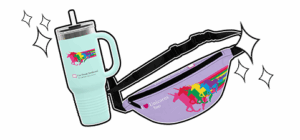

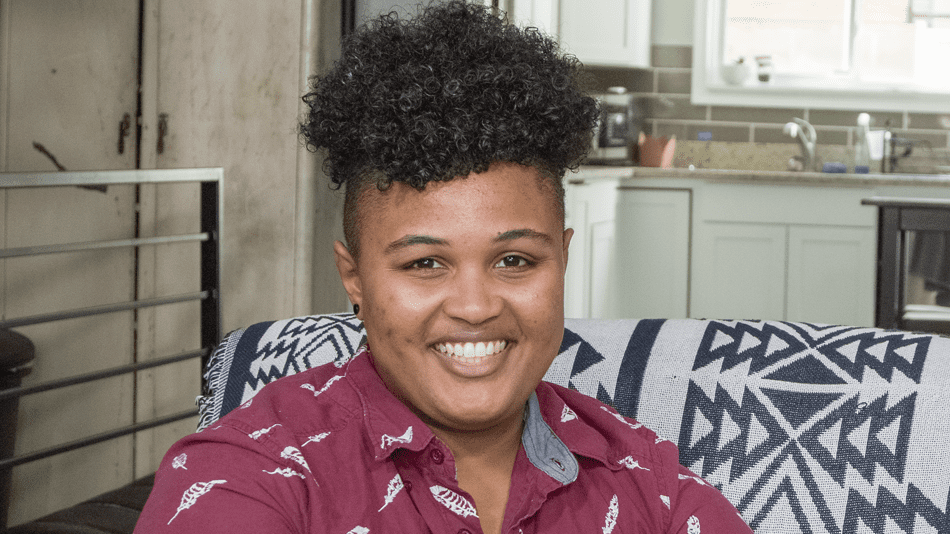

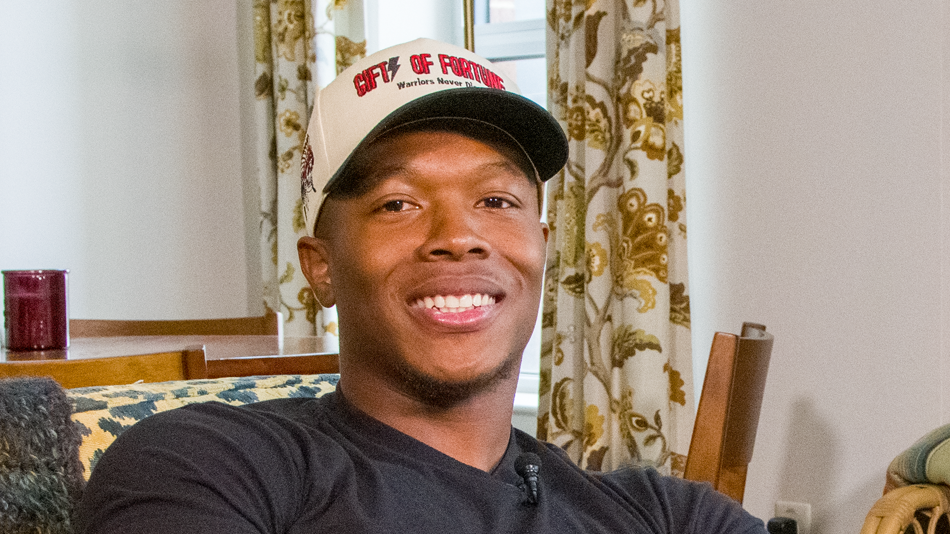
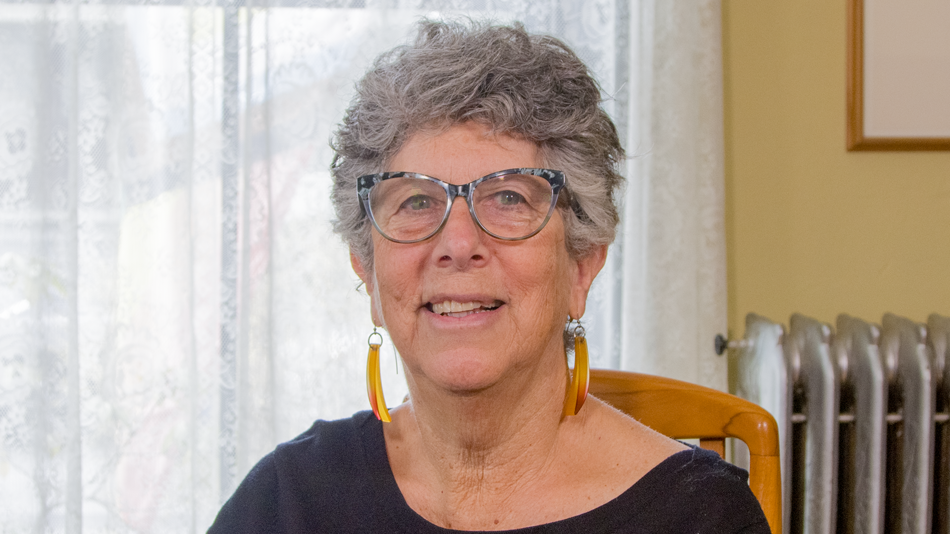
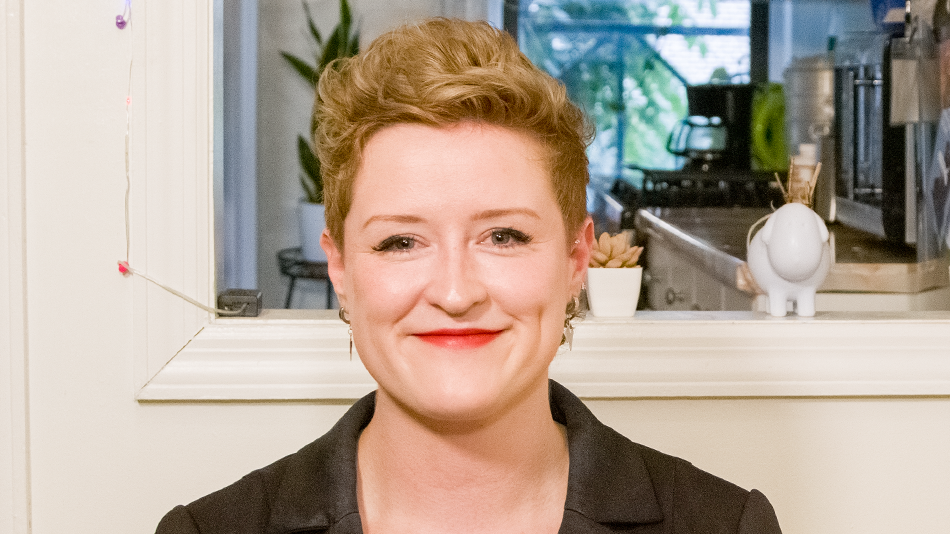
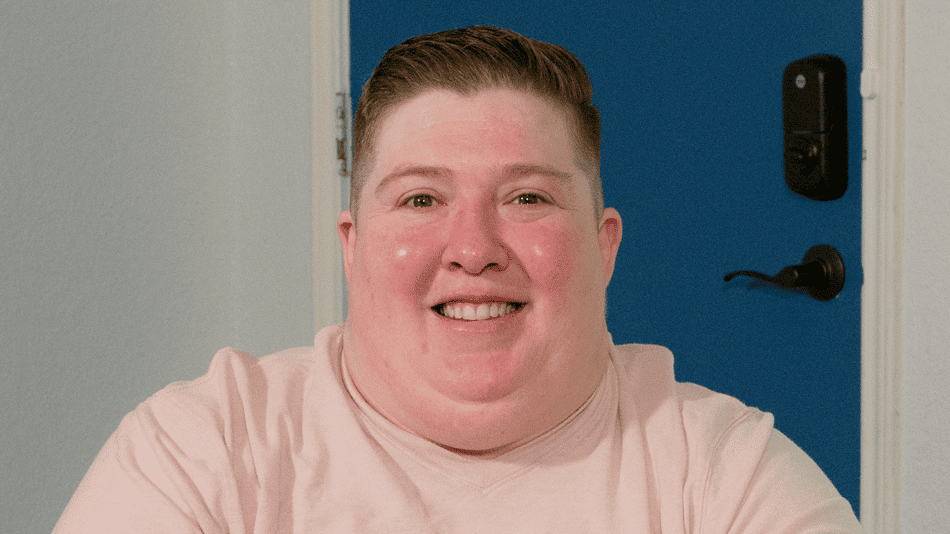
Share